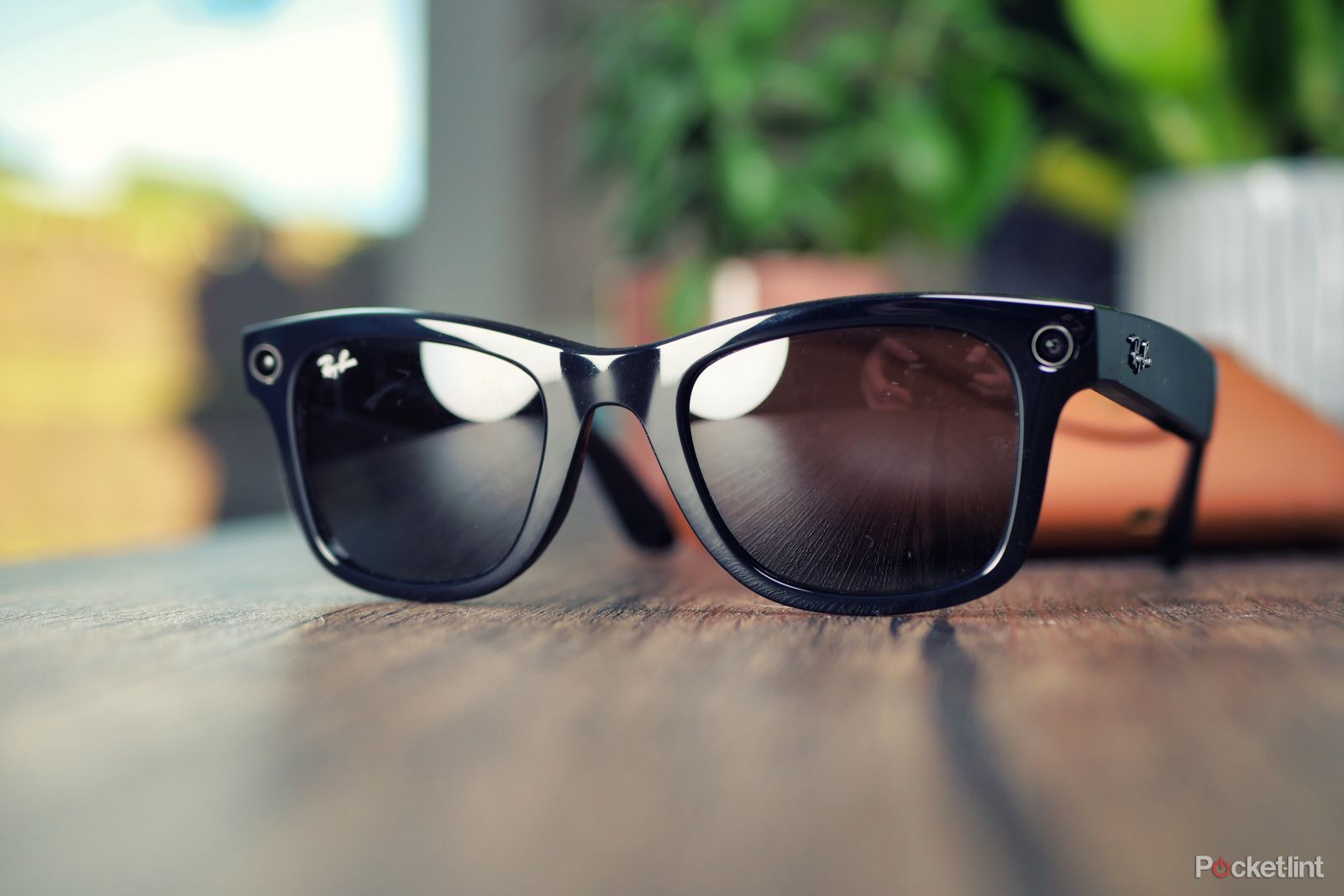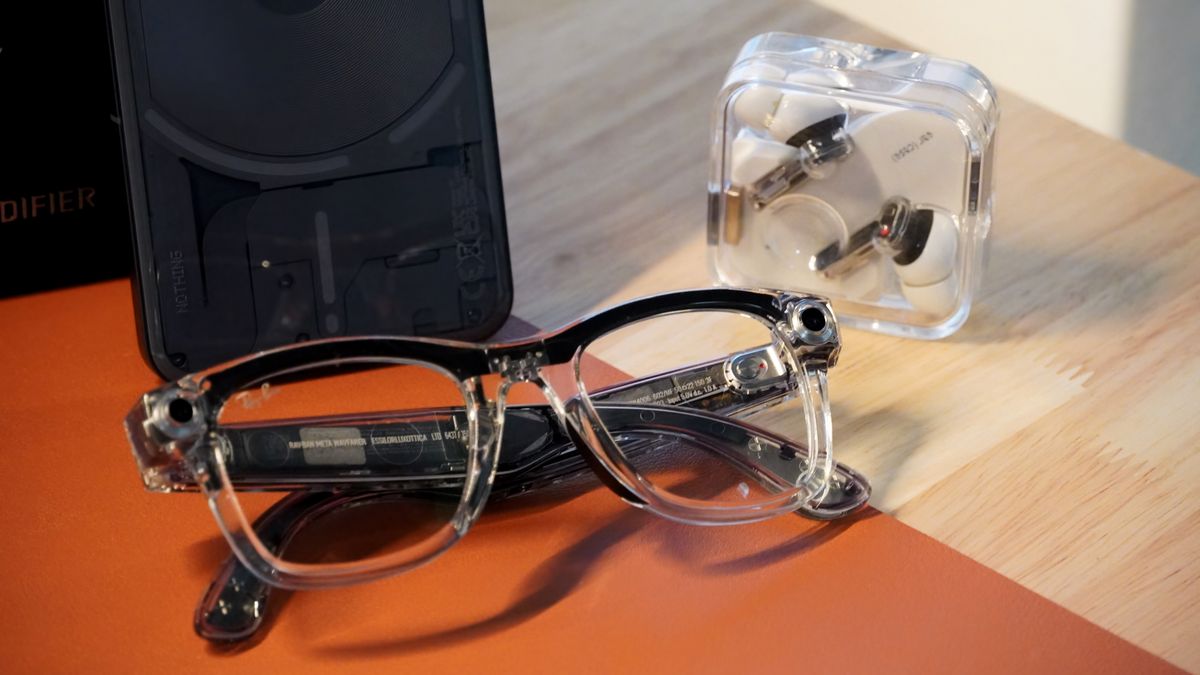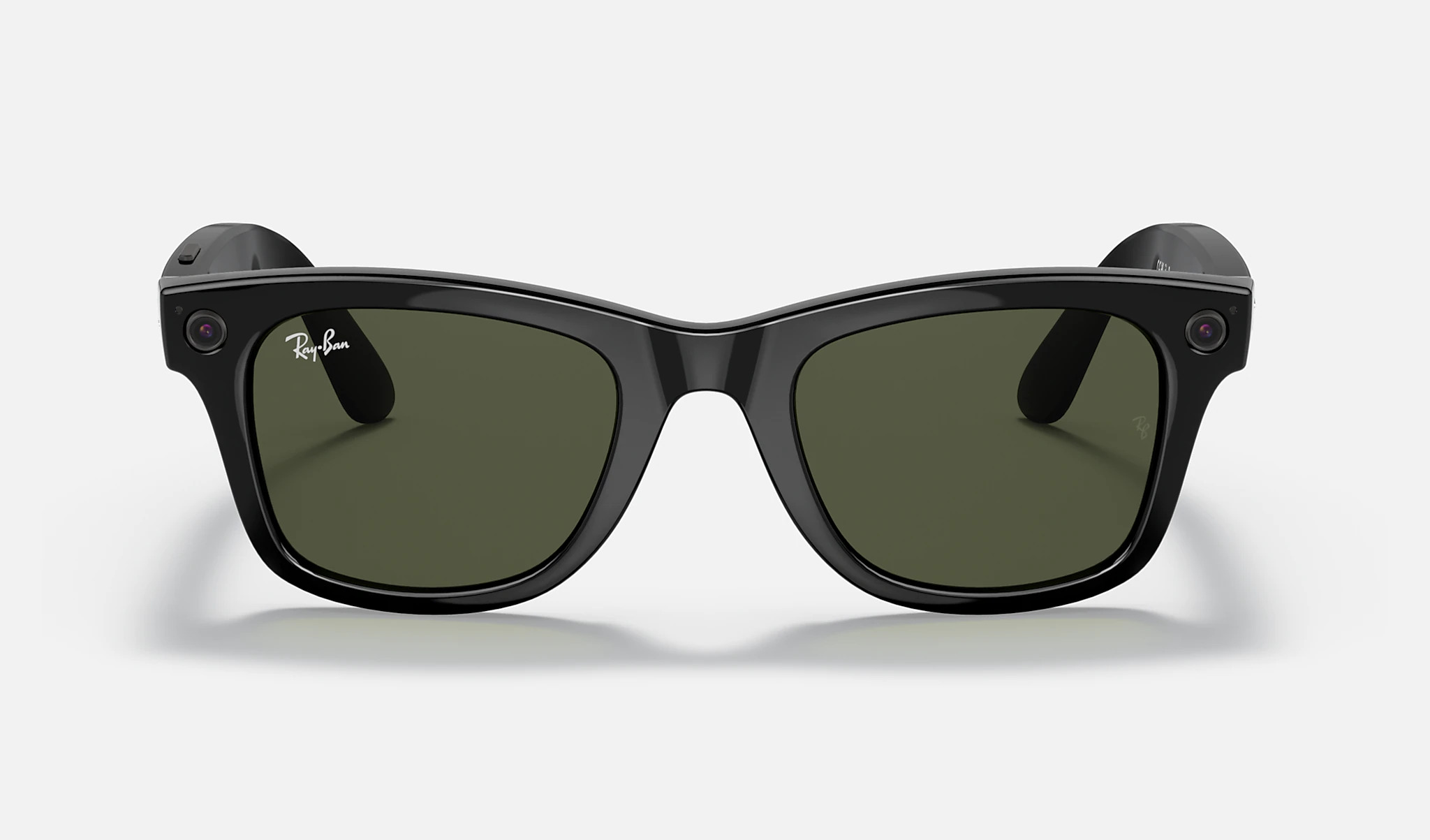Have you ever imagined wearing technology that seamlessly blends fashion with functionality? Enter the Meta Ray-Ban smart glasses, where style meets cutting-edge AI. Recently unveiled, these glasses promise to revolutionize the way we interact with our gadgets. But do they truly deliver on their lofty promises? While they boast features like reminders and QR scanning, users have found their AI capabilities lacking, especially when it comes to recognizing anything remotely nerdy. Let’s dive into what these smart glasses can—and can’t—do.
The Rise of AI Image Recognition in Smart Glasses
AI image recognition technology is revolutionizing the way we interact with the world around us, and the Ray-Ban smart glasses are at the forefront of this trend. Imagine wearing glasses that can instantly identify objects, places, or even people you encounter during your day. However, as demonstrated by a recent test, the accuracy of these features can vary significantly. For instance, when I asked the glasses about my collection of nerdy memorabilia, their responses were hilariously off-base, proving that while AI can be impressive, it’s not always reliable. It begs the question: can we trust AI image recognition to accurately enhance our everyday experiences?
Despite the technological advancements of AI image recognition in smart glasses, there are moments when the technology falls flat. In a playful challenge, I tested the Ray-Ban glasses against my quirky hobbies, only to be met with confusion and misidentifications. This experience highlights a crucial point: while the potential for smart glasses is enormous, their current execution leaves much to be desired. As we continue to integrate AI into our lives, it’s essential to approach these innovations with a blend of excitement and skepticism, ensuring we don’t overlook their limitations.
Mark Zuckerberg’s Meta Connect Announcements
During the recent Meta Connect conference, Mark Zuckerberg unveiled exciting updates for the Ray-Ban smart glasses, marking a significant step forward in AI wearable technology. The addition of features like reminders and QR code scanning could transform how we stay organized and connected throughout our day. Imagine asking your glasses, “Where did I park my car?” and receiving an instant response! These updates could genuinely enhance our daily routines, blending technology seamlessly into our lives, making it feel more like a sci-fi movie come to life.
However, with great power comes great responsibility. While the new features promise convenience, they also raise questions about practicality and reliability. Can we really trust these glasses to perform tasks as intended? My experience with their AI capabilities suggests that there is still a long way to go before these devices can deliver on their promises. As we embrace innovation, it’s crucial to remember that not all that glitters is gold, and we should remain vigilant about the actual utility of these cutting-edge technologies.
Ray-Ban Glasses Features: A Mixed Bag
The Ray-Ban smart glasses come equipped with a range of features that aim to enhance our daily lives, from built-in audio to the ability to message friends through WhatsApp. While these elements add a layer of convenience, the execution often leaves users wanting more. For instance, while the audio quality is decent, it struggles to compete with dedicated headphones, making it feel like an afterthought rather than a standout feature. It’s like bringing a knife to a gunfight; great in theory, but it doesn’t quite cut it in practice.
Moreover, when it comes to AI capabilities, the glasses’ performance can be disappointing. During my tests, the AI struggled to identify even the most recognizable items in my collection. This disconnect made me wonder if these glasses are more of a fashion statement than a functional gadget. As we continue to explore the potential of smart glasses, it’s essential to balance style with substance, ensuring that innovative features truly enhance our experience rather than simply adding fluff.
AI Wearable Technology: The Future Is Now
AI wearable technology is rapidly evolving, and the Ray-Ban smart glasses are a prime example of this shift. With the promise of real-time translation and advanced interaction capabilities, they represent a fascinating glimpse into the future. Imagine walking through a foreign city, and your glasses provide instant translations of street signs or menus! This potential is thrilling, yet the current reality is a mixed bag of underwhelming performance and quirky misidentifications that leave us questioning the technology’s readiness for prime time.
As we look to the future of AI wearable technology, it’s crucial to remain optimistic yet cautious. The capabilities we dream of may one day be possible, but we must acknowledge the current limitations. The journey toward fully functional AI wearables is just beginning, and while the road may be bumpy, it’s an adventure worth taking. Who knows? We might just find ourselves with glasses that truly enhance our reality rather than distract from it.
Privacy Concerns with Smart Glasses
As smart glasses become more integrated into our daily lives, privacy concerns continue to loom large. The Ray-Ban glasses, while offering exciting features, also raise significant questions about data security and user privacy. At a time when personal information is more vulnerable than ever, can we trust a device that records our surroundings? The recent revelations about Meta using images captured by the glasses to train their AI models only add fuel to the fire—how much of our private lives are we willing to sacrifice for convenience?
Moreover, the potential for misuse is alarming. Recent incidents of students hacking the glasses for facial recognition highlight the risks associated with such technology. It’s a reminder that while innovation can bring about incredible advancements, it also comes with a responsibility to protect user privacy. As we navigate this brave new world of AI wearables, we must remain vigilant, advocating for transparency and security to ensure that our tech enhances our lives without compromising our privacy.
Frequently Asked Questions
What are the new features of the Ray-Ban Meta smart glasses introduced by Mark Zuckerberg?
During the recent Meta Connect conference, Mark Zuckerberg unveiled several exciting updates for the Ray-Ban Meta smart glasses. These include new capabilities like accessing reminders—so you can ask things like ‘Where did I park my car?’, QR code scanning, and the ability to reply to friends on messaging apps like WhatsApp and Messenger. Future updates promise even more, such as real-time translation and video scanning, which could allow the AI to comment on what you’re seeing right in front of you. However, with all these features, one must wonder: will the AI truly understand what it’s looking at?
How accurate is the AI’s image recognition on the Ray-Ban Meta glasses?
If you’re a nerdy enthusiast like me, you might be disappointed with the AI’s image recognition. I tested it with various items from my collections—like tabletop RPG books and comic book characters—and the results were comically off. It confused the detective from Disco Elysium with a character from Borderlands and misidentified my Warhammer figures. It’s like chatting with someone who just doesn’t get your passions, and that can be frustrating. So, while it might recognize some popular characters, don’t expect it to nail down your niche interests!
What about the privacy concerns surrounding the Ray-Ban Meta glasses?
Privacy is a hot topic with the Ray-Ban Meta smart glasses. While they are designed to avoid identifying faces to protect your privacy, the AI can still analyze photos you take. However, there’s a catch—Meta uses this data to improve its AI, which might raise eyebrows for many users. Plus, some tech-savvy individuals have even hacked the glasses to implement facial recognition, showcasing potential risks. So, if you’re considering using these glasses for anything beyond casual fun, you might want to think twice about your privacy.
How does the audio quality of the Ray-Ban Meta glasses compare to other devices?
When it comes to audio quality, the Ray-Ban Meta glasses are a mixed bag. They definitely have a leg up on your average laptop speakers, providing decent sound for casual listening. However, if you’re an audiophile or someone who values rich sound quality, you might find them lacking compared to high-quality headphones or earbuds. They work well enough for chilling out on the beach or while on a walk, but don’t expect them to replace your go-to audio gear.
Are the Ray-Ban Meta glasses suitable for serious AI tasks?
In short, no. If you’re looking for smart glasses that can handle complex AI tasks or provide detailed insights, you might be left wanting. The AI struggles with accuracy and often provides vague or incorrect information. For example, when I asked it about a popular author, it gave me a half-baked response that lacked specifics. It’s more of a novelty tool right now, rather than a serious gadget for tech-savvy users or enthusiasts.
Can the Ray-Ban Meta glasses help with navigation or finding nearby places?
Unfortunately, the AI in the Ray-Ban Meta glasses doesn’t excel at navigation either. In my experience, it failed to locate nearby boba tea places despite them being just blocks away. Without access to location data, you might find yourself more lost than assisted when you need a quick recommendation for nearby spots.
Should I buy the Ray-Ban Meta glasses for their AI features?
If you’re considering the Ray-Ban Meta glasses primarily for their AI capabilities, it may be best to hold off. While they have a sleek design and some fun features, the AI currently feels more like a gimmick than a reliable assistant. Think of them as more of a party trick to impress friends rather than a tool that will enhance your daily life or hobbies.
Meta’s Ray-Ban smart glasses promise a fusion of style and functionality, but the AI behind them seems to miss the mark—especially if you’re a nerdy enthusiast! During a recent test, the glasses struggled to recognize basic collectibles, often mistaking iconic characters for mainstream ones. Sure, they can handle reminders and music integration, but when it comes to accurately identifying your favorite RPGs or comic figures, they fall flat. It’s like having a conversation with someone who’s only half-listening—intriguing but ultimately frustrating. Are these glasses a tech marvel or just a party trick? You decide!
What do you think about the Ray-Ban Meta glasses? 🤔 Drop your thoughts below or check out more nerdy tech reviews! Let’s geek out together! 🚀😃🔥













